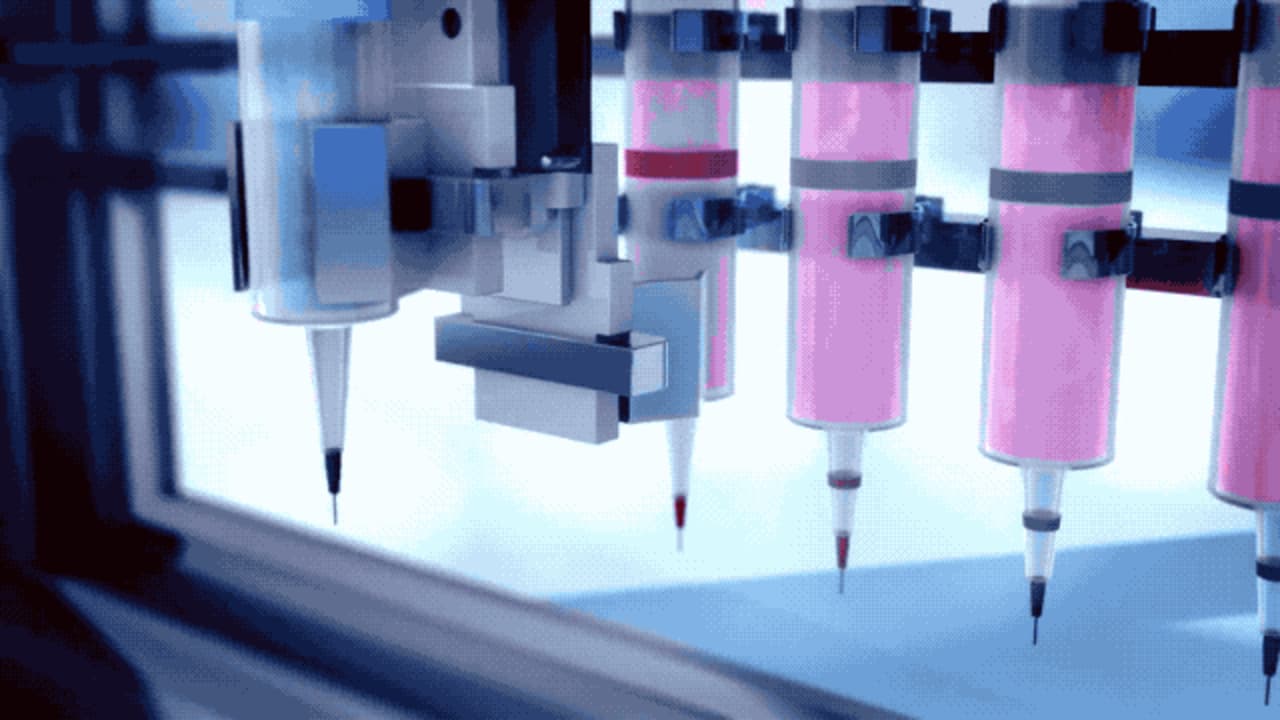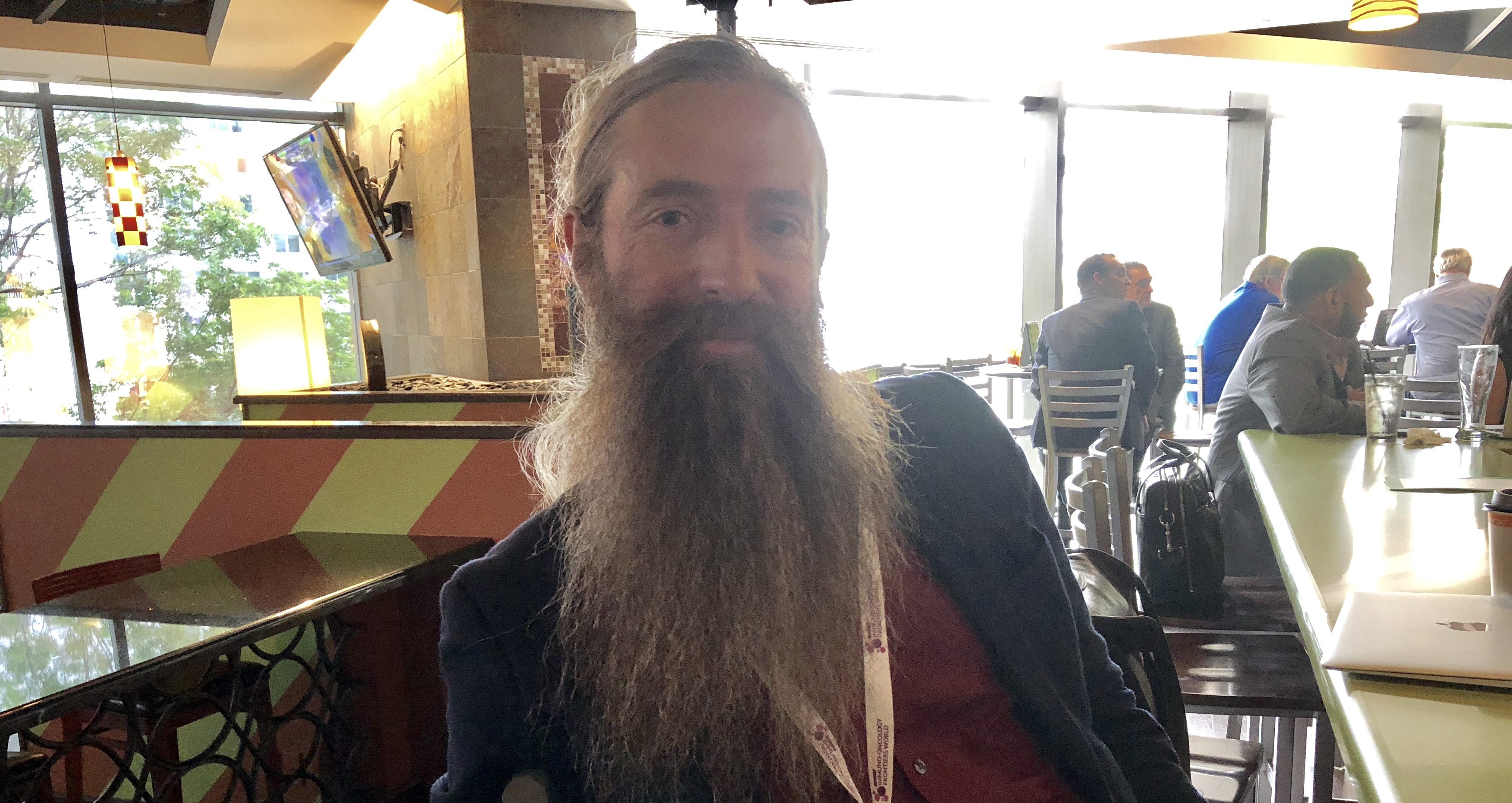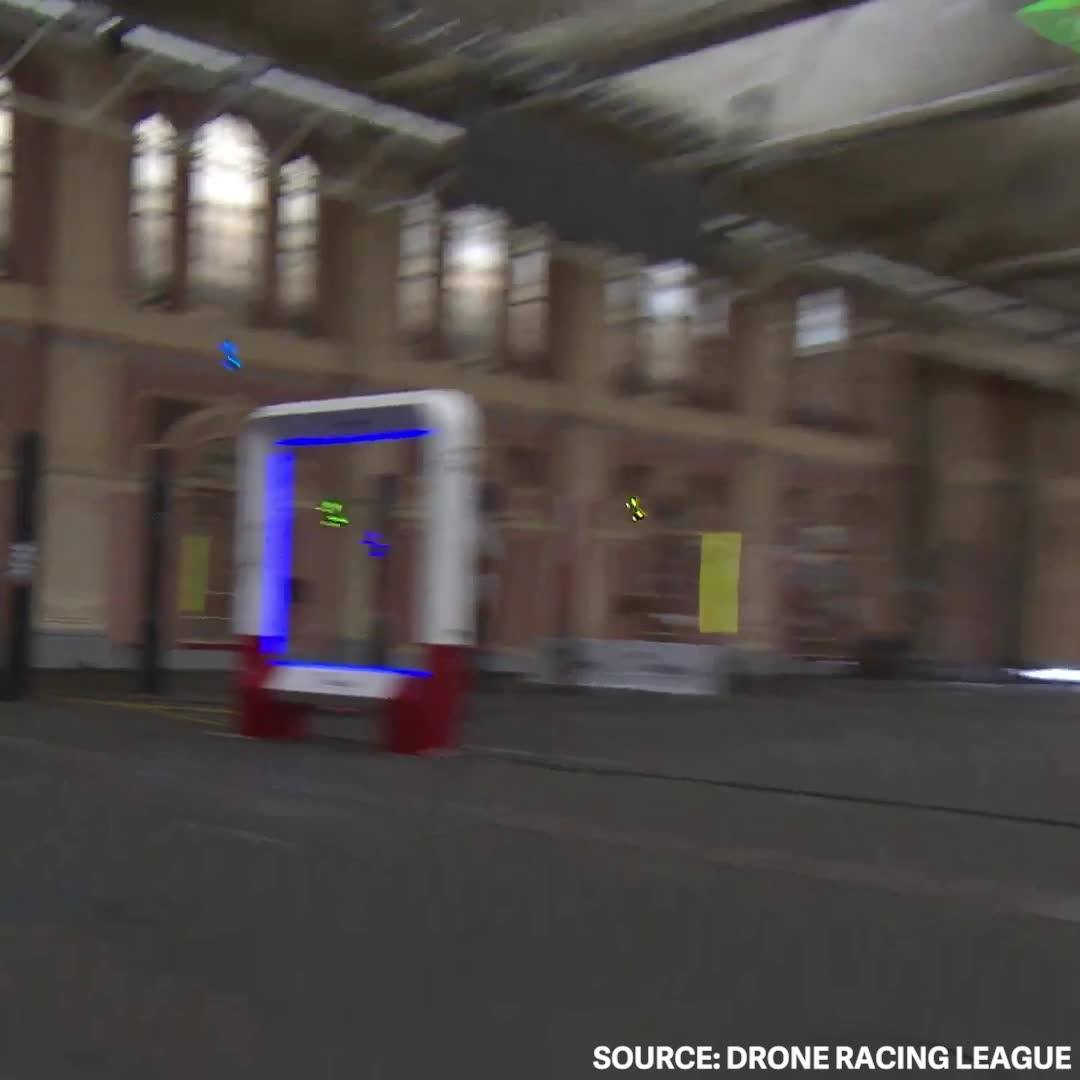Feb 1, 2018
Cancer ‘vaccine’ eradicates tumors in mice, holds promise in humans
Posted by Brady Hartman in categories: biotech/medical, life extension
Summary: Activating T cells in tumors destroyed most traces of cancer in mice, and had ‘amazing, bodywide effects,’ Stanford University researchers reported. The researchers are recruiting lymphoma patients to test the approach in a clinical trial. [This article first appeared on the website LongevityFacts.com. Author: Brady Hartman. ]
Researchers at the Stanford University School of Medicine used two novel agents to activate immune system T cells in tumors. The immune-boosting treatment destroyed most traces of cancer in mice the researchers reported in a study published on Jan. 31 in the journal Science Translational Medicine.
Injecting tiny amounts of two immune-stimulating agents directly into solid tumors in mice can eradicate all traces of cancer in the rodents, including distant metastases, the researchers found. The novel approach works for many different types of cancers, including tumors that arise spontaneously, the new study found.
Continue reading “Cancer ‘vaccine’ eradicates tumors in mice, holds promise in humans” »


















